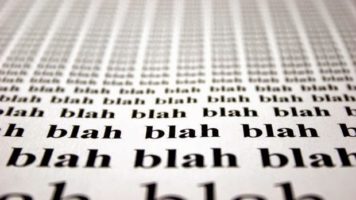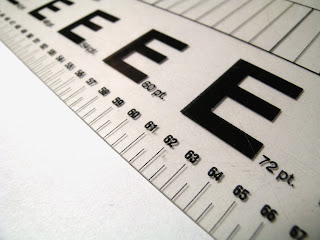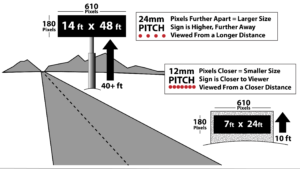Pixel Pitch is a term used on a daily basis in the LED sign industry. It is a core specification that will determine the clarity, effectiveness, and cost of an LED sign. Although Pixel Pitch is used in any type of digital display (computer monitor, LCD TV, etc…) it is still not a common term for the general public and can sometimes be difficult to understand it’s role and how it affects your display.
What are Pixels and Pixel Pitch?
A pixel is a single point of light on display, consisting of (3) individual colors: Red, Green and Blue. When each is lit at the same full intensity, the pixel produces white light. When they are at different intensities, shades of colors are produced.
Pixel Pitch it is a measurement of how close each pixel is to another on a display, typically measured in millimeters. The lower or “tighter” the Pixel Pitch, the more pixels you can fit together on a display.
What is a Pixel Matrix?
A display contains thousands of pixels, laid out on a grid. The actual number of pixels high, and the number of pixels wide is call the “Native Resolution” of a display, but we call this the Pixel Matrix for LED Signs. Because LED signs are physically larger and viewed from a distance, they have lower resolutions like 60×120 or 400×600. The larger the matrix, the more information you will be able to fit on the sign.
What does the Matrix have to do with Pixel Pitch?
The more pixels you can fit into a sign the higher the resolution will be, and the closer you can be to the display and still clearly see the image or text. Believe it or not you may be more familiar with Pixel Pitch than you realize. Do you know why 4k displays are so crisp? Because they squeeze more pixels into the same amount of space. This is done by decreasing the Pixel Pitch. In the example below, you can see a comparison between 16mm and 12mm pitches.
Which Pixel Pitch is Best?
It’s all about the viewing distance and purpose of the display. In the example below, the image will look great on both signs, but the pixel pitch is different because the displays are being viewed from different distances. The billboard is larger and higher, but the monument sign is smaller but closer to the viewer.
10mm and lower pitches are typically used for smaller signs to fit more pixels into a smaller area and maintain a quality image. However, they can be used for larger systems where the intended viewers will be close to the sign. 12mm – 20mm pitches are a good middle ground for many sign owners who need to have a little of both worlds. A larger sign, but with the viewers a little further away. Digital billboards typically fall within the 16mm – 20mm range.
In Summary
Make sure to get the sign that’s right for your specific location and needs. Pixel Pitch determines how many pixels you can fit onto a display. The more pixels you have, the higher resolution the display will be when viewed close up. However, more is not always better. Larger signs viewed further away required less LED’s and a lower pixel pitch to make a great image.
Remember to visit us regularly for more ways to make informed decisions when making an investment in LED sign technology.




